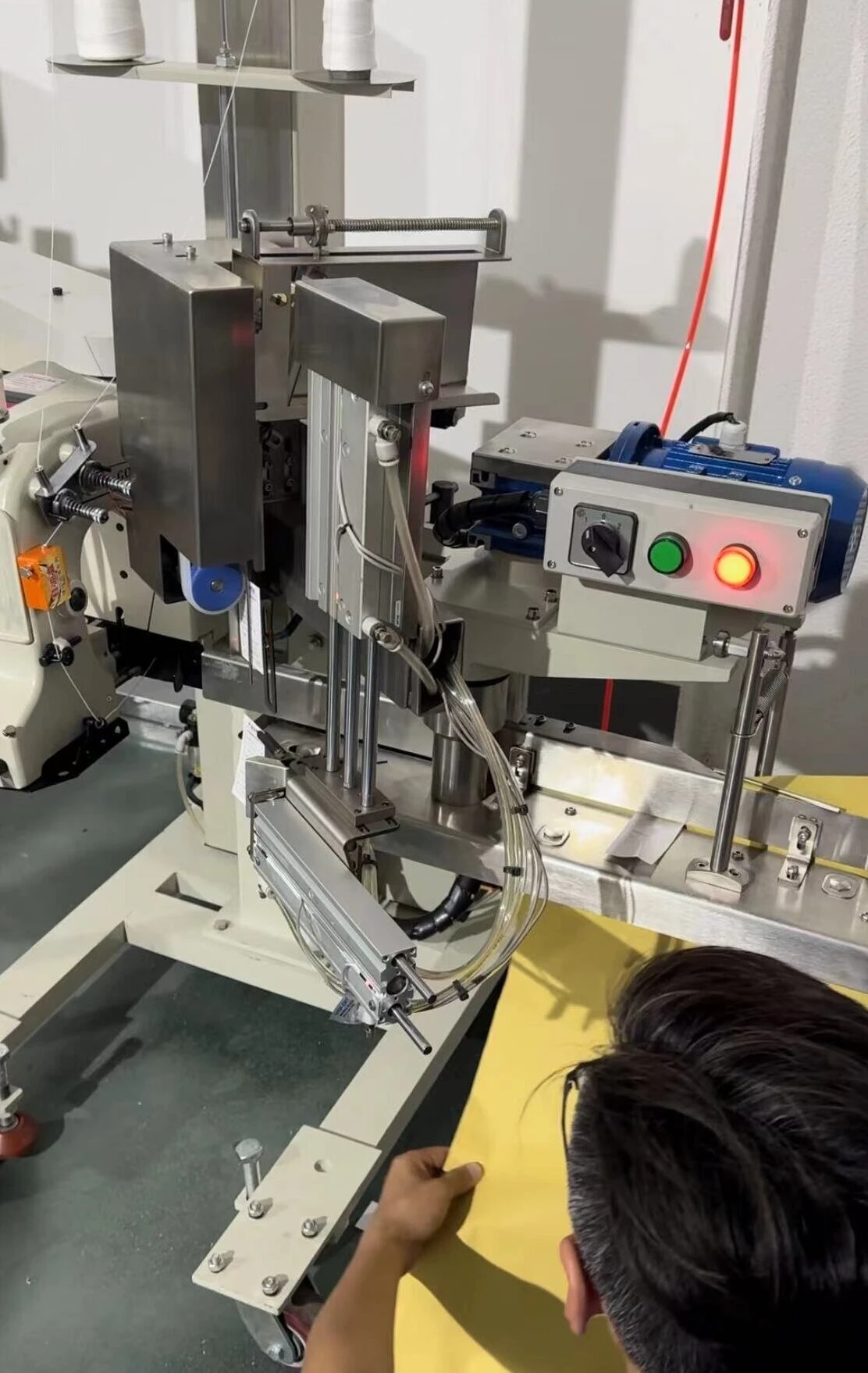How to Properly Change a Sewing Machine Needle for Optimal Performance
Changing a Sewing Machine Needle A Step-by-Step Guide
Sewing is a fulfilling hobby and a practical skill that allows people to create, mend, and customize their clothing and other textiles. However, one of the most common maintenance tasks that often gets overlooked is changing the needle in your sewing machine. A dull or damaged needle can lead to a host of issues, from skipped stitches to threading problems, ultimately affecting your sewing results. In this guide, we will walk through the process of changing a sewing machine needle, ensuring that you maintain optimal performance in your sewing projects.
Why Change Your Needle?
The sewing machine needle is one of the essential components of any sewing machine. Over time, needles can become dull, bent, or damaged due to various materials they sew through, such as thicker fabrics, heavy threads, or even unexpected encounters with pins. A damaged needle can cause
- Skipping Stitches When the needle is not functioning properly, it may skip stitches, leaving you with a messy seam. - Fabric Snags and Damage A worn needle can snag your fabric, causing unsightly holes or runs. - Thread Breakage A dull needle often leads to increased tension on the thread, causing breakage and frustration. - Increased Wear on Other Parts Continuing to use a damaged needle can cause excess wear on the machine's mechanism, leading to greater problems down the line.
To keep your sewing experience smooth and enjoyable, regularly changing your needle is essential.
Selecting the Right Needle
Before changing your needle, it's crucial to select the correct type and size for your project. Needles come in various sizes and types, each designed for specific fabrics and tasks. Here are a few common needle types
1. Universal Needles Versatile for woven and knit fabrics. 2. Ballpoint Needles Ideal for knit fabrics to prevent snagging. 3. Jeans/Denim Needles Designed for heavy fabrics like denim or canvas. 4. Specialty Needles Such as embroidery or quilting needles, tailored for specific purposes.
Consult your sewing machine manual or needle packaging for guidance on the appropriate size and type based on the fabric you are using
.changing a sewing machine needle

Step-by-Step Process to Change the Needle
1. Gather Your Tools You will need a new needle, a screwdriver (often a flathead or Phillips, depending on your machine), and possibly tweezers for easier handling. 2. Turn Off Your Sewing Machine Safety first! Make sure your machine is powered off and unplugged to avoid any accidents.
3. Remove the Old Needle - Locate the needle clamp at the top of the needle holder. - Use the screwdriver to loosen the clamp, usually turning it counterclockwise. - Carefully slide the old needle out of the holder.
4. Insert the New Needle - Make sure the flat side of the needle faces the back of the machine (the direction the needle moves). - Push the new needle up into the needle holder as far as it will go. - Tighten the needle clamp securely to hold the needle in place.
5. Re-thread Your Machine After changing the needle, it's a good practice to remove the thread and re-thread your machine. This ensures that the thread properly catches the new needle.
6. Check the Needle Position Before you start sewing, lower the presser foot and raise the needle up and down a few times to ensure everything is working smoothly.
7. Test Sew Before beginning your project, do a test stitch on a scrap piece of fabric to ensure the needle is functioning properly and there are no skipped stitches.
Conclusion
Changing the needle on your sewing machine is a simple yet vital task that can significantly improve the quality of your sewing. By taking just a few minutes to replace a dull or damaged needle, you can enhance your sewing experience, prevent potential problems, and achieve better results in your projects. Remember to change your needle regularly, especially when you notice any signs of wear or if you switch to a different type of fabric. Happy sewing!
-
Industrial Cylinder Arm Sewing Machine: Revolutionizing Heavy-Duty SewingNewsJul.28,2025
-
Cylinder Arm Sewing Machine: Perfect for Special Sewing ApplicationsNewsJul.28,2025
-
Cylinder Bed Sewing Machine: Essential for Sewing Complex MaterialsNewsJul.28,2025
-
Heavy Duty Sewing Machine: The Essential Tool for Industrial ApplicationsNewsJul.28,2025
-
Computerized Pattern Sewing Machine: Revolutionizing Precision StitchingNewsJul.28,2025
-
Heavy Duty Industrial Sewing Machine: Power Meets PrecisionNewsJul.28,2025
-
Leather Sewing Machine: The Industrial Standard for Tough MaterialsNewsJul.18,2025





























